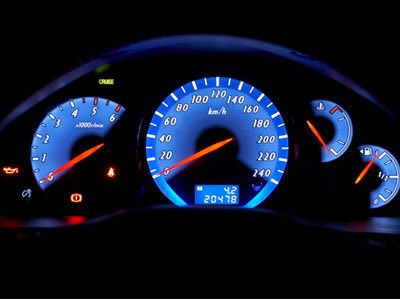They are rarely what customers need.
If you’re building a dashboard, it’s likely your user research wasn’t finished.
Users don’t act on status.
They act on change in status.
Dashboards are passive when the user needs something active.
They are a failure before it happens.
Oh, there’s a need alright.
Dashboards aren’t a need. They are a solution. And, often, the wrong one.
Learn more about the problem and a better solution will likely present itself.
In systems design, a dashboard is an attempt to understand the system interactions. Unfortunately, it rarely works.
Give the user a temporary dashboard and study how they use it.
Unfortunately, most projects deliver the dashboard and never study the behaviors that come from it.
Your don’t need to know how fast the car is going. You need to optimize your speed for safety.
Today’s cars are (or can be) smarter. Waze tells me if I’m driving too fast. Why can’t my car? Why would it even let me drive too fast?
This could be car intelligence. If the car did these things (see Autonomous Vehicle technology), I wouldn’t need the guages.
I don’t.
I believe there’s a better user experience than what dashboards provide their users, but the UX will depend on what decisions the dashboard tries to afford.
Users either absorb the information or they ignore them.
In either case, they are then making a judgement and acting upon it.
Dashboards leave room for tremendous error because users didn’t react appropriately.
That might be full-on automation, or it could just be decision support.
There won’t be a “best practice,” because this is a complex systems issue.
You can’t have best practices in complex systems. They are only helpful in complicated or simple systems.



